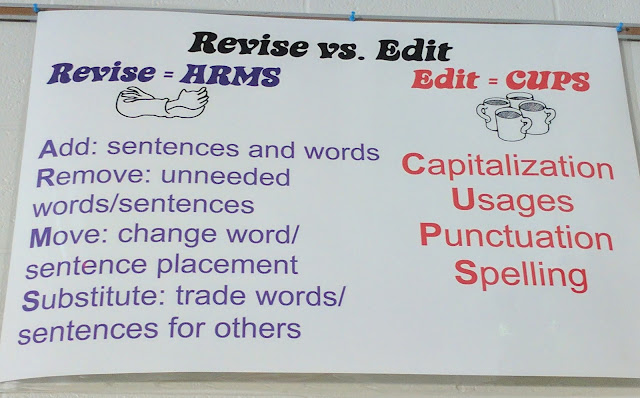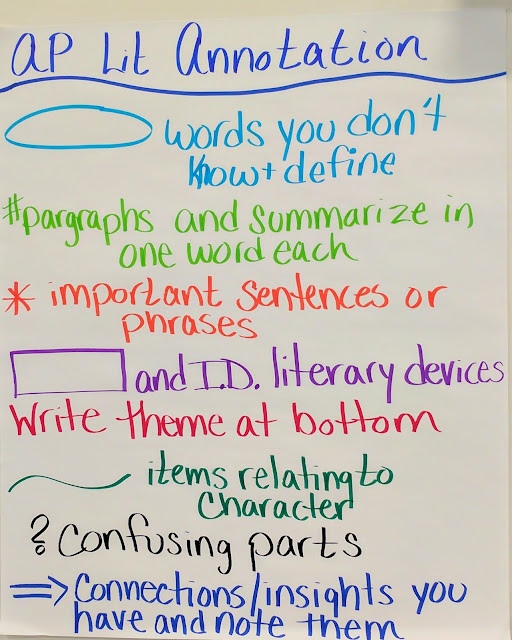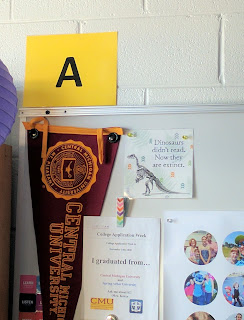7 Anchor Charts That Belong in the High School English Classroom
I was recently looking back at my goals for the 2015-2016 school year, and one was to embrace some elementary teaching methods in my secondary classroom. One of the ways I did this was with anchor charts. I had a few in 2014 and even fewer the year before. Now my classroom walls are as useful to my students as the furniture and supply bins.
I have made, re-made, thrown out, moved and crafted many anchor charts over the years, but here I have seven of my favorites for you.
~~~~~~~~~~
Real Reading vs. Fake Reading
Some would argue that by high school, especially by 11th and 12 grade, students should not nee to be told what real reading is. However, I find that is not the case. I post this visual reminder and review it regularly; redirection is also as easy as pointing at the chart.
~~~~~~~~~~
Revision vs. Editing
This is my most often referenced anchor chart; it has a prominent place located at the top right of my front whiteboard. As part of our weekly journal writing, we spend one day revising our writing from the week. Just last week I asked students to explain the differences on their midterm exam.
~~~~~~~~~~
Daily Journal Expectations
I am not really sure why it took me so long to make this anchor chart because every year I get question after question about our daily writing. I am thinking about actually making this a little sticker and having them put it in their notebooks, so they have the directions right in front of them.
~~~~~~~~~~
Lay vs. Lie
To be totally honest, this anchor chart started out to be for my own benefit, but the students use it just as often as I do. I have debated recreating it to add: Lie- meaning to fib.
~~~~~~~~~~
Literature Discussion
I haven't held as many literature discussions this year as I had hoped, but here is to second semester being better than first semester. Having a visual for students when they are participating in graded discussion is helpful. In addition, my less outgoing students benefit from having sentence starters to help them form contributions to the discussion.
~~~~~~~~~~
Literature Annotation
Annotation of both fiction and nonfiction texts has been a movement of my buildings for the last year or so. There are lots of annotation charts out there, but I felt they weren't ever exactly what I wanted, so I created my own. We will keep practicing to get this where it needs to be.
~~~~~~~~~~
A Lot
The last one is probably the most simple. It is also a nod to my seventh-grade English teacher, Mrs. Lieblier, who passed away too young. She was the person who taught me that 'a lot' is two words; she had 'a' on one side of her board and 'lot' on the other. Simple but effective. Just the constant visual reminder and large space in between were enough to help me remember, so I use it myself now.

I would love to know what anchor charts you have in your classroom.






















